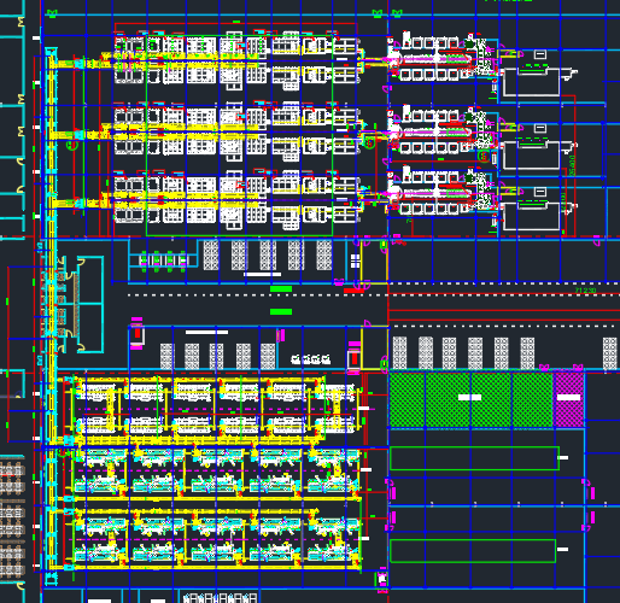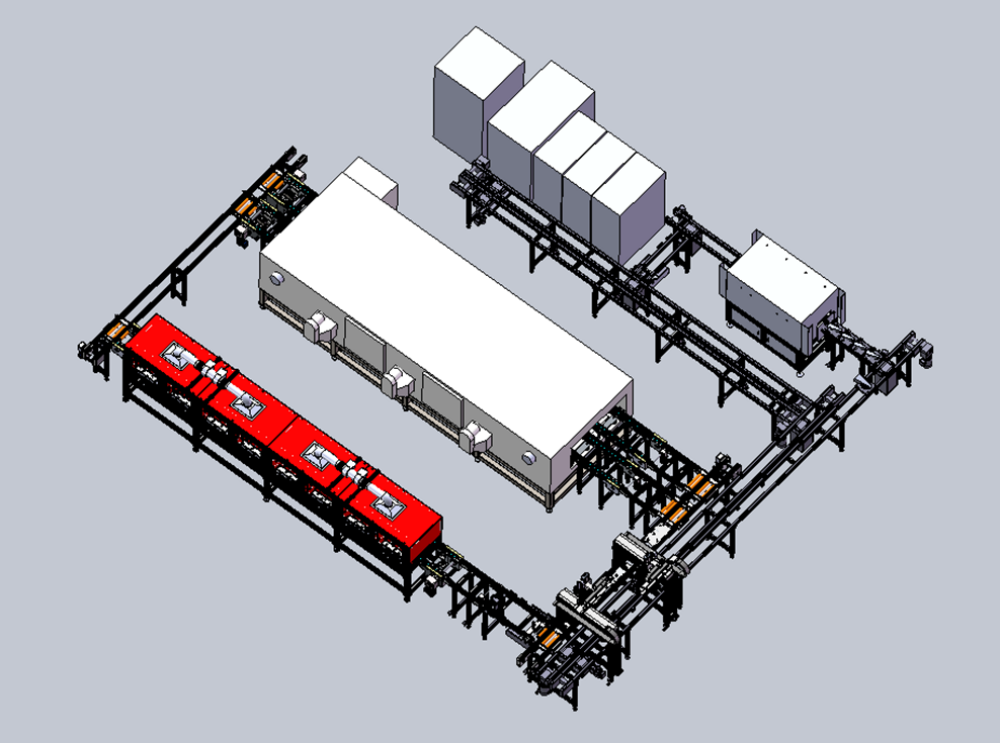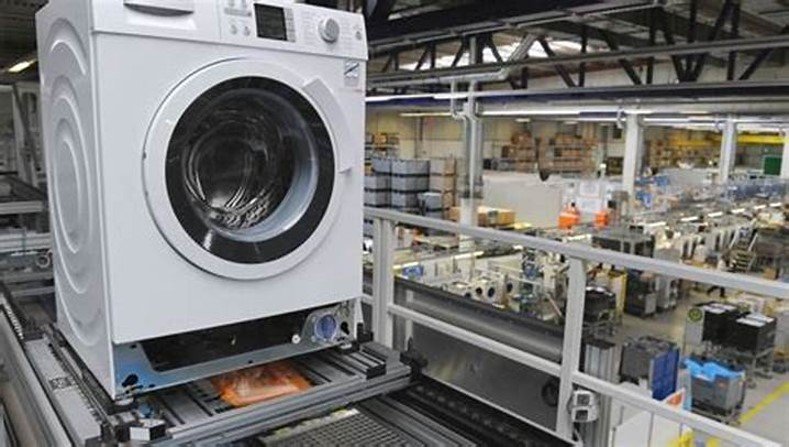In automation, design determines the direct cost of a product. To reduce costs, the first step is to start with R&D and design. "Cost is designed." Many companies so far, has not established its own knowledge system, in the product design ideas, methods, programs and other aspects of the consumption of a lot of time and energy, but did not manage to effectively reduce the design cost, and often the quality of the designed product is still not stable, the design cycle is particularly long.
So, what are the ways to reasonably reduce the cost of the product design process?

1, reduce the complexity of product design
On the one hand, we should be customized in accordance with user needs, at the beginning of the design should accurately grasp the needs of customers, to avoid excessive design leading to functional redundancy. Because the underutilized functions will not only increase the design cost, but also may make the product operation become complex, reducing the user experience. On the other hand, when reusing existing products and components, it is important to remove functions that are not used by users. For example, in the design of an automation control system, if you add some users almost will not use the advanced features, then in the research and development of these features invested in manpower, material resources and time will become unnecessary cost expenditure.
2, the structure should be reasonable
Reasonable structure may not be optimal, and vice versa, the optimal structure may not be reasonable. To comprehensively consider the rationality of cost reduction from the perspective of structural design. A light weight, less processing time structure can obviously reduce manufacturing costs. By optimizing the structure and reducing unnecessary parts and complex connections, material costs and processing costs can be greatly reduced. For example, in the mechanical structure design, the use of simple frame structure instead of bulky solid structure can meet the strength requirements, but also reduce the weight, thus saving materials and processing costs.
3, the material utilization rate should be high
It refers to the reasonable selection of materials. Material selection should not only consider the performance requirements, but also focus on material utilization. Selection of moderately priced and high utilization rate of materials, can ensure product quality while reducing costs. For example, in the selection of metal materials, through accurate calculation and rational layout, improve the utilization rate of the material, can effectively reduce the generation of waste, thereby reducing material procurement costs.
4, as far as possible, the use of standardized supporting parts
Matching parts selection also needs to be careful. If you choose non-standard parts, one is the supplier needs to re-design drawings and process equipment, high price and long cycle; two is the quality and reliability need to be verified. Therefore, the choice of standardized components, not only to ensure the stability of product quality, but also mass production to reduce procurement costs. And standardized supporting parts in the market supply is sufficient, the price is relatively transparent, easy to replace and repair, help to reduce the maintenance costs later.
5, more reuse of existing components
Try to use the existing mature parts. First, the design cycle is short, the quality is guaranteed; Second, the process is also reuse of tooling, labor-saving time. If 80% of a product design is reuse parts, can definitely minimize the design and development costs of new parts, shorten the design cycle, but also reduce the amount of drawings, reduce the probability of error.
6、Cooperation with suppliers
The time-consuming and energy-consuming added-value components to the supplier to do, you can give full play to the supplier's professional advantages and scale effect, reduce production costs. For example, some non-core parts manufacturing, to professional suppliers of mass production, not only convenient, time-saving, but also able to obtain more favorable prices and higher quality.
7, design and manufacturing collaboration to achieve manufacturing localization
Localized manufacturing can reduce the transportation distance of raw materials and finished products, reduce losses during transportation and after-sales service costs, greatly reducing costs. At the same time with the environmental advantages of localized manufacturing, but also to complete the installation and after-sales service more efficiently, improve customer satisfaction.

In the process of automated production, how to put 'cost reduction' into practice? This requires companies to start from the product, the cost management of the product as a main line to pay attention to, inwardly tapping the development of kinetic energy, outwardly continue to explore and innovate, in order to achieve the optimal balance of cost and performance, to ensure that the cost of the product design in line with the target expectations, and thus to provide the core competitiveness of the enterprise, to create greater value for the enterprise.





